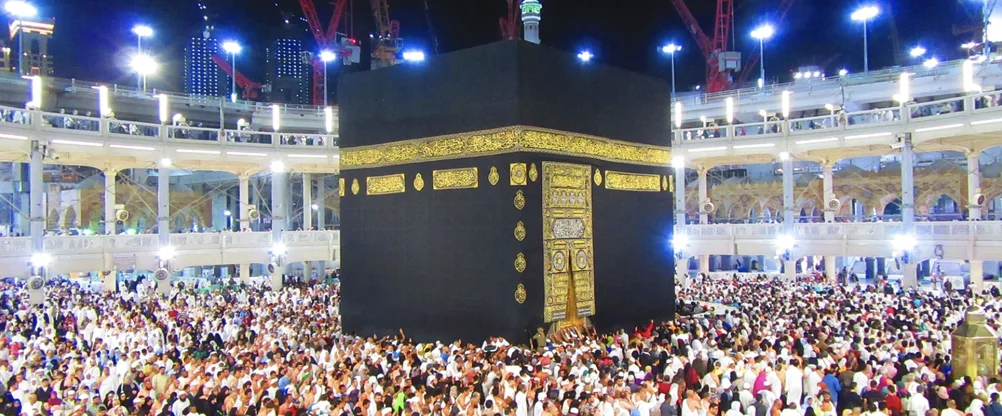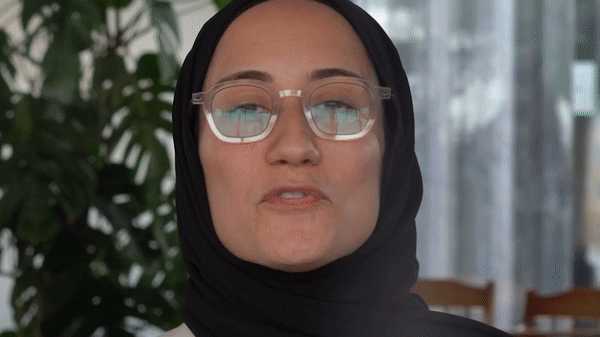تعرف على معالم تونس التاريخية عبر خدمة Street View
في رحلتي الأخيرة عبر خدمة التجول الافتراضي Street View، ذهبت إلى تونس، موطن الشواطئ الخلابة التي تلتحف دفء الشمس والآثار الرومانية القديمة والمعالم الإسلامية العريقة. واعتباراً من اليوم أصبح بإمكانكم استخدام هذه الخدمة على Google Maps لاستكشاف أبرز المواقع التراثية في تلك البلاد. وفي محطتي الأولى زرتمدرّج الجم وسط تونس، وهو يعدّ أكبر مدرّجٍ روماني في شمال أفريقيا. ويتوسط هذا المعلَم الأثري الرائع مدينة الجم النابضة بالحيوية – المعروفة سابقاً باسم تِيسْدْرُوس– والتي شهدت ازدهاراً كبيراً في عهد الإمبراطورية الرومانية.
وأثناء عبوركم لساحة المدرج تخيلوا أنه ينبض بهتاف 35 ألف متفرجٍ تجمهروا لمشاهدة المصارعين والأسود التي تزأر في أقفاصها منتظرةً مواجهة مصيرها المحتوم. ومع تلاشي هتاف الجمهور شيئاً فشيئاً ستجدون أنفسكم مجدداً وقد عدتم إلى الحاضر ليحلّ مكان الهتاف زقزقة العصافير وحفيف أوراق الأشجار المتناثرة في زوايا المدرج.
مضيتُ بعد ذلك لاستكشاف مدينة قرطاج الكبيرة التي تأسست في القرن التاسع قبل الميلاد، وهي مهد حضارةٍ عريقة ومسقط رأس المحارب والقائد العسكري الشهير "هانيبال" الذي قاد معارك عديدة وحقق الكثير من الانتصارات. واليوم ينظر التونسيون إلى هذا البطل وهذه المدينة العريقة بعين يملؤها الفخر والاعتزاز. كما يمكنكم عبر Street View التجوّل في أرجاء "مسرح قرطاج"، وخزانات المياه في مالقة، وكاتدرائية "داموس الكريطة"، وحمامات "أنطونيوس" ذات الإطلالات الخلابة على البحر الأبيض المتوسط.
بعد ذلك، توجّهت إلى دُقّة التي تتربّع تلّة، وهي بلدة رومانية قديمة شهدت ازدهاراً كبيراً خلال الحقبتين الرومانية والبيزنطية. وهناك يمكنكم التجول بين آثارها الجميلة التي تعود إلى أكثر من 6 قرون حيث يمكنكم أن تتخيّلوا كيف كانت الحياة في بلدةٍ رومانية تقليدية، وكذلك أن تتعرفوا على الثقافات النوميدية والبونية والهلنستية والرومانية من خلال النصب التذكارية المنتشرة في البلدة. بعد ذلك يمكنكم التوقف لإلقاء نظرة على معبد "الكابيتول" الروماني الذي كان مخصصاً لعبادة الثالوث الحامي لروما: جوبيتر وجونو ومنيرفا.
وللتعرّف على بعضٍ من فنون العمارة الإسلامية الجميلة في تونس خلال القرون الأولى، اتجهت إلى الساحل التونسي حيث تقع مدينة سوسة التي تحتضن العديد من المعالم الأثرية الهامة مثل رباط سوسة، والمسجد الكبير حيث يمكن التجوّل في فنائه الشاسع أو صعود السلالم إلى قمة أبراج المراقبة للاستمتاع بالإطلالة الرائعة للمسجد على المناطق المحيطة به.
أما الجزء المفضل لديّ في الرحلة فكان زيارة المتاحف المختلفة المنتشرة في جميع أنحاء تونس مثل "متحف باردو الوطني"، و"متحف سبيطلة الأثري"، ومتحف "أوتيك"، و"متحف قرطاج الوطني"، إذ تستعرض هذه المتاحف مجموعة غنية من التحف الأثرية التي تكشف عن حكايا الأزمان الغابرة، ولاسيما مجموعة الفسيفساء الرومانية المميزة في "متحف باردو الوطني". لذا لا تفوّتوا فرصة القيام بجولة حول هذه المتاحف الاستثنائية.
أخيراً، آمل أن أكون قد حفّزتكم لزيارة تونس والتعرّف على عجائبها الفريدة، ولاستكشاف المزيد حول مجموعة الصور الخاصة بتونس في خدمة Street View، يمكنكم زيارة هذا الرابط.





